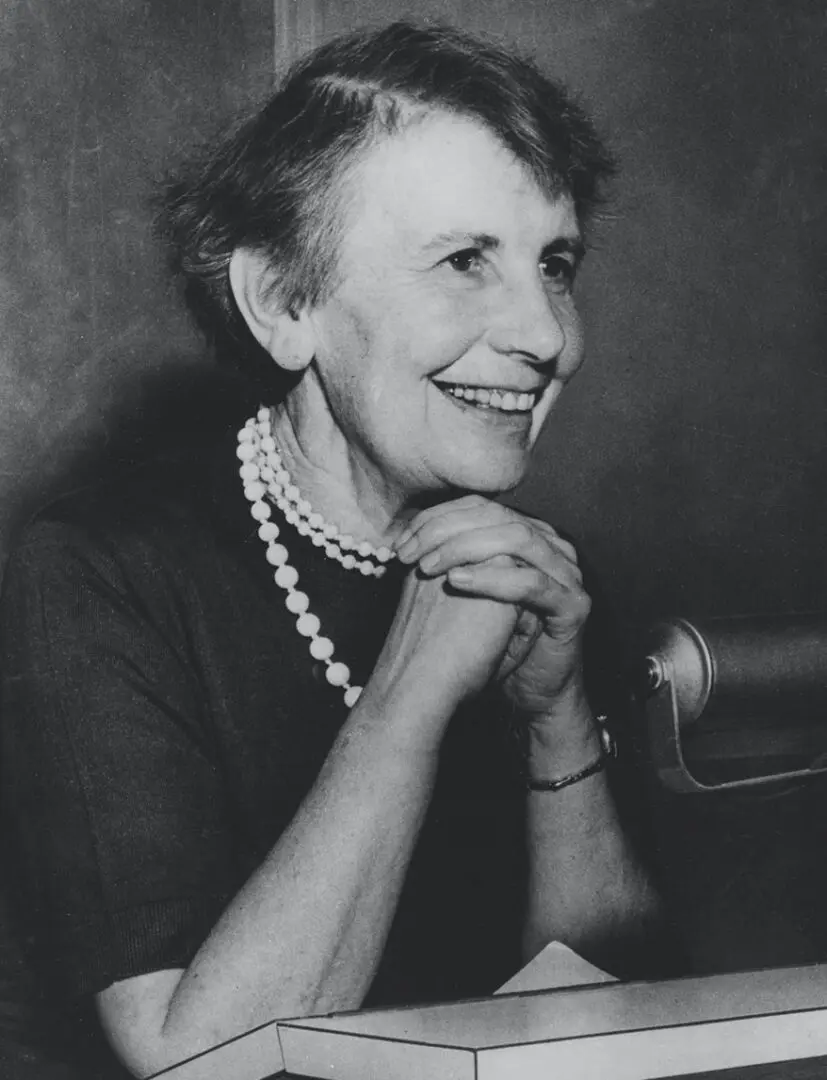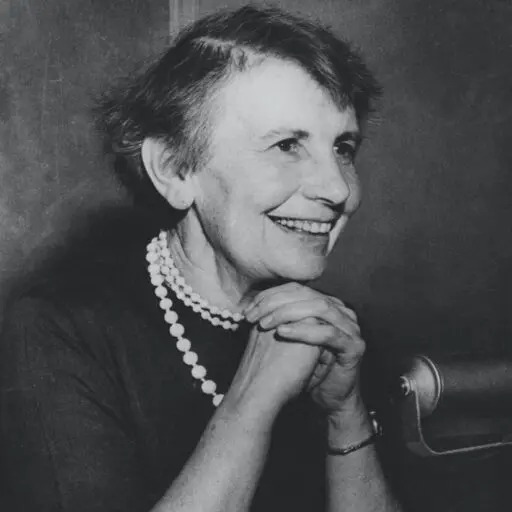
Born in Vienna at the dawn of the twentieth century, Anna Freud (1895–1982) was one of the most important and influential pioneers in the study of child mental health and the field of child psychoanalysis. She was a world-renowned clinician, researcher, and educator whose contributions have had a lasting imprint on the fields of child psychiatry, developmental psychology, pediatrics, psychosomatic medicine, and family law.
Always an innovator, Anna Freud expanded her father’s foundational theoretical and clinical theories through empirical evidence from close and detailed observational studies of children. The insights from her psychoanalytic treatment of children laid the groundwork for fundamental advances in charting the complex path of human development from birth to early adulthood. A compendium of her writings fills eight volumes. Her originality, elegance, and clarity of style were hallmarks of her articles and remain a benchmark to authors of psychoanalytic texts and presentations.
Committed to teaching and sharing her knowledge with others, she is the author of seminal works on the mental life of children which emphasized understanding “the whole child” within cultural contexts, and to bringing her concept of the “developmental lines” and their disruptions to children along a spectrum of diverse circumstances.
Among her many clinical activities, Anna Freud founded the Hampstead War Nursery in London during WWII, which eventually became The Hampstead Child Therapy Course and Clinic. It was the premier training and research institute of its time. In its current iteration, it is known as The Anna Freud National Centre for Children and Families. She was also a founding editor of the journal, The Psychoanalytic Study of the Child.
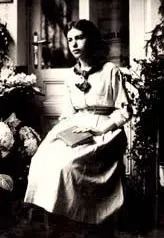
Early Professional Life
The youngest of Sigmund Freud’s six children, Anna assumed the mantle of continuing her father’s legacy. Even as a young girl of fourteen, she sat outside her father’s library and listened in to her father’s lectures and conversations with visitors. She began her own psychoanalytic training in the Vienna Psychoanalytic Society when she was in her early twenties. By 1923, Anna had opened her psychoanalytic practice and was developing and presenting her fresh ideas about the mental life of children to the Society.
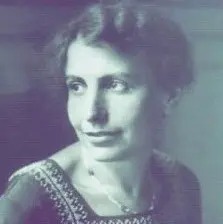
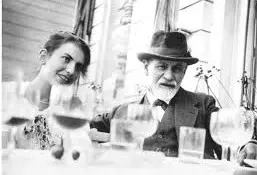
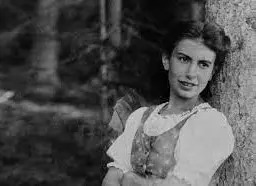




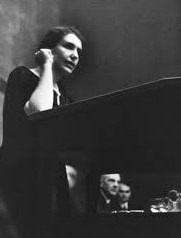
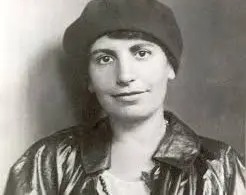
A Pioneer in Early Childhood Education: “The Whole Child”
Her profession as an educator of children began when she was a young woman in Vienna, where she and her life partner and colleague, Dorothy Tiffany Burlingham created the Heitzing School in 1927. As described by Danto, this exceptional endeavor “…remains the seedbed for an astonishing range of modern theory and practice in child mental health, from Erik Erikson’s lifespan model of “identity” to the legal system’s concept of the “best interests of the child".
In a log cabin built in a suburban back yard, along with Erik H. Erickson, Peter Blos, August Aichhorn, and Eva Rosenfeld, Anna and Dorothy worked out our modern theories of child psychology and developmental models still in use today. Surrounded by Adolf Loos’ reconceptualized uses of public-private space, plus the work of Maria Montessori and others, the Hietzing School advanced the 20th Century's understanding of the "whole child" 1 (Danto & Steiner-Strauss 2019).
By 1935, Anna had become the director of the Vienna Psychoanalytic Training Institute and two years later, she opened the Jackson Nursery in Vienna for extremely deprived toddlers under the age of two.
Elizabeth Young-Bruehl, Anna’s biographer, wrote that these children had come from “poor, often broken homes, where violence and addictions were common, and appropriate emotional and intellectual stimulation almost unknown.” 2 (Young-Bruehl 1988) In her words, Anna’s interest at the time was to “gather direct information about…earlier ages, particularly the second year of life.” 3 (Young-Bruehl 1988). Closed in 1938 due to the arrival of the Nazis, the Freud family subsequently fled Austria to their new home in Hampstead, Maresfield Gardens, London.
1 E. Danto & A. Steiner-Strauss (2019) Freud/Tiffany Taylor and Francis. 49.
2 E. Young-Bruehl (1988). Anna Freud Yale University Press, 2nd Ed. 408.
3 E. Young-Bruehl. (1988). Anna Freud Yale University Press, 2nd Ed. 218.
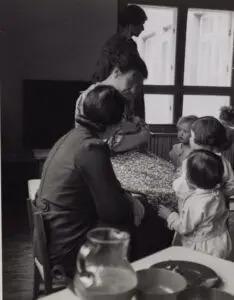
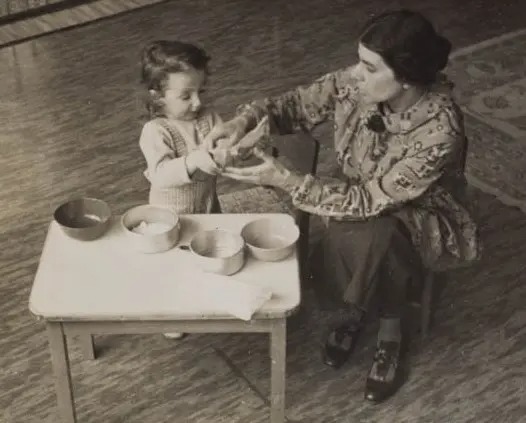
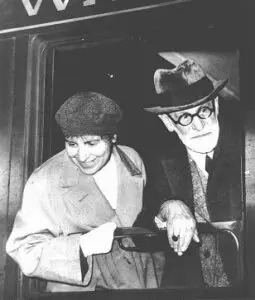
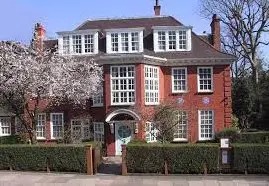




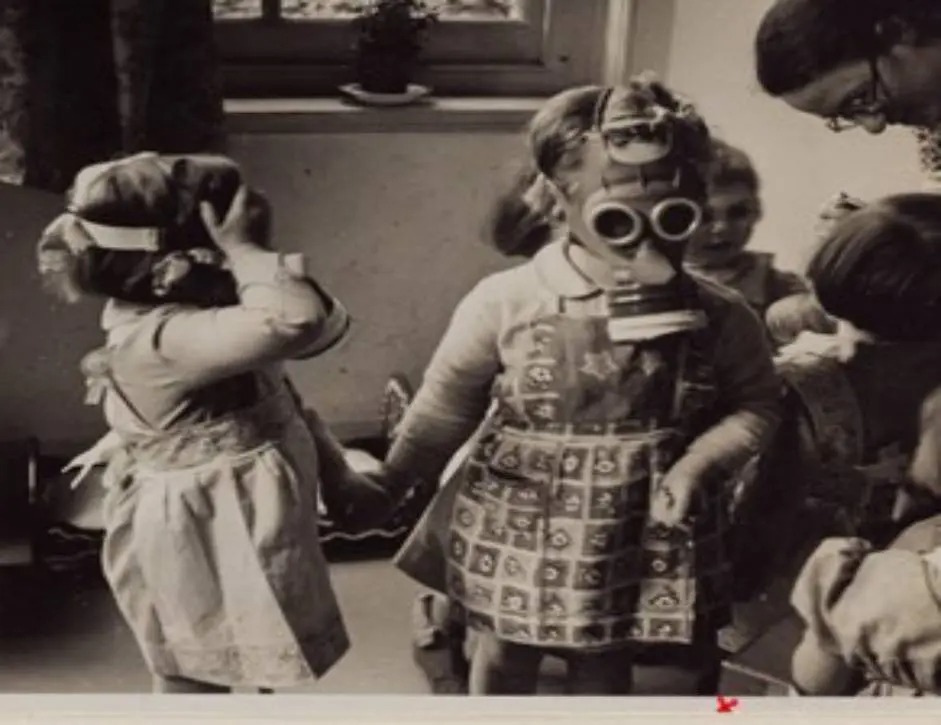
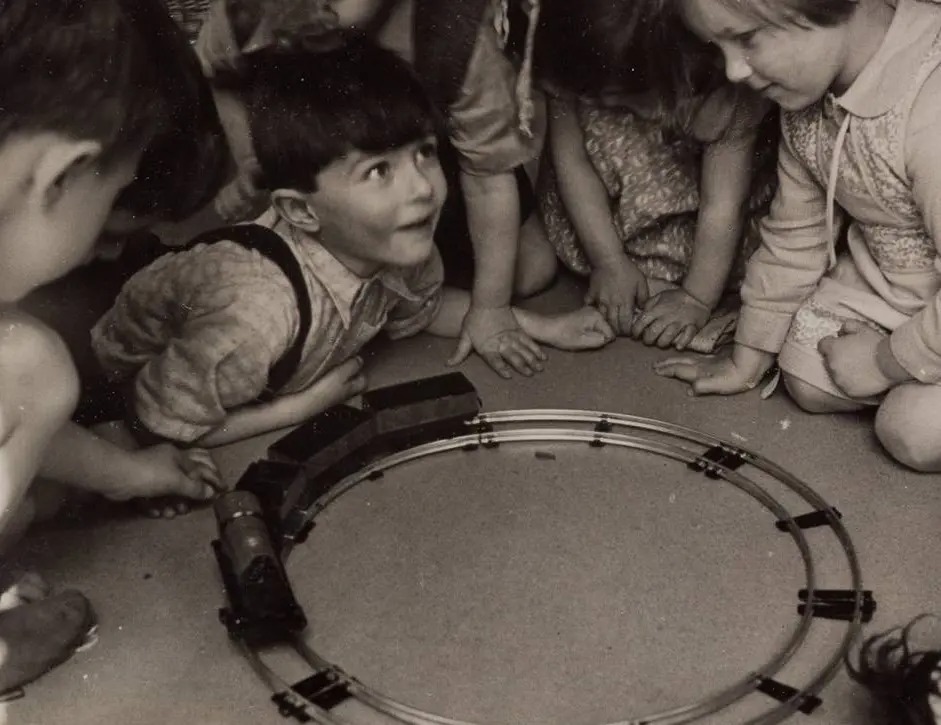
World War II and the London Blitz: The Hampstead War Nursery
Anne-Marie Sandler, an esteemed British psychoanalyst and close colleague of Anna Freud, commented on this period: “In 1941, during the London Blitz, Anna began a remarkable initiative, The Hampstead War Nursery. Its focus was on caring for babies, toddlers and young children who were separated from their families due to the vagaries of the war. In-service training required staff to write detailed observations about the day-to-day behavior of the children and the effects of living under the vagaries of war without parents. Their observations were discussed every evening with Anna and Dorothy and the insights gleaned became crucial in helping to refine the understanding necessary to track the child’s normal and pathological development. These became the basis of two fascinating publications entitled ‘Young Children in War Time’ (1942) and ‘Infants without Families’ (1944).” 4
Caring for Post-War Refugee Children abandoned at the Terezin Concentration Camp
Following the war, in the autumn of 1945, Anna became involved in an ambitious plan to care for a group of six German-Jewish children between the ages of three and six who had been found by Russian soldiers wandering aimlessly within the abandoned concentration camp at Terezin, in what is now the Czech Republic. The refugee children were housed in a country house in Sussex near a woodland called Bulldogs Bank. Several staff members from the Nursery were tasked with helping the children adapt to a new life. Observing children who had spent little time with adults, primarily having had only themselves as companions for the first years of their lives, became a remarkable project for Anna and her colleagues. They focused on understanding how such a fate impacted the children’s development, the processes of early attachment, and the surprising resilience that they demonstrated. The knowledge and conclusions gained from these early child observations were documented in “An Experiment in Group Upbringing” (1951).
4 Anne Marie Sandler (2015). Web page: Institute of Psychoanalysis, British Psychoanalytical Society, Our Authors: Anna Freud.
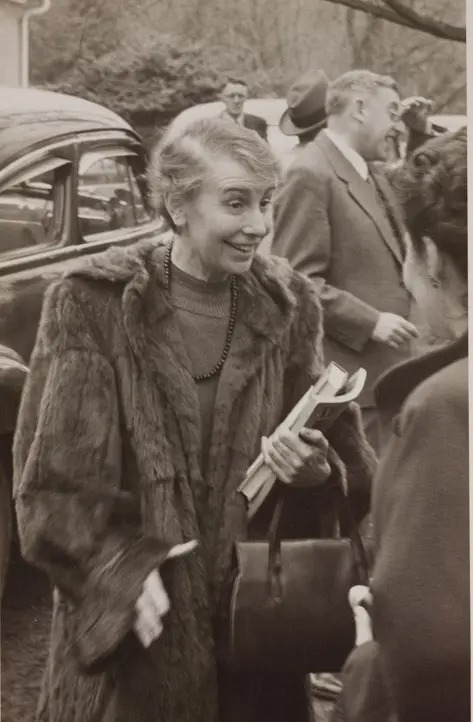
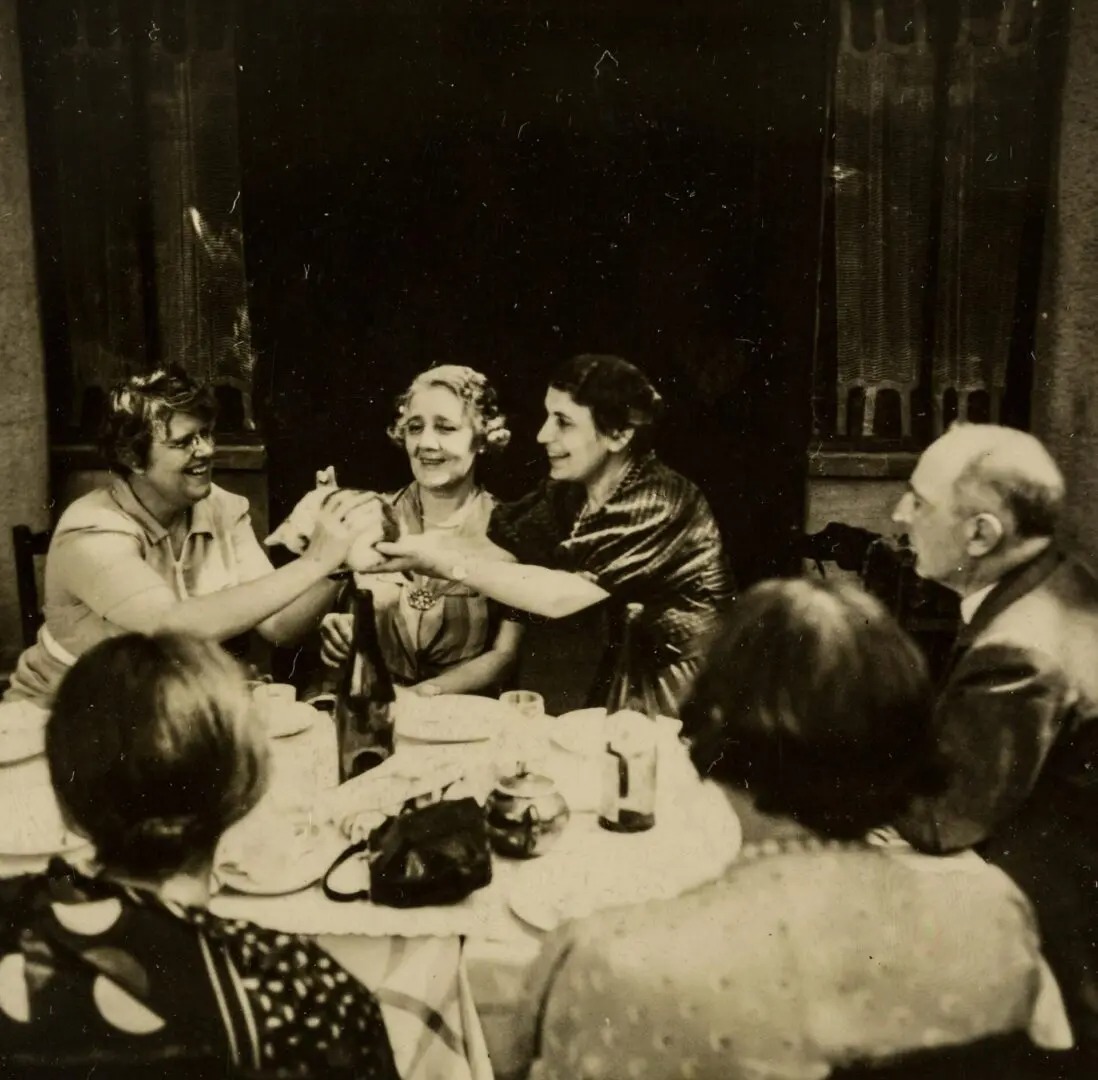
A Founder of the Journal, The Psychoanalytic Study of the Child
In 1945, with her world-renowned colleagues, Heinz Hartmann and Ernst Kris, Anna founded the annual, The Psychoanalytic Study of the Child, currently under the publishing house of Taylor and Francis. The series quickly established itself as a preeminent wellspring of clinical contributions and research from a stellar list of theorists and teachers in the field of child and adolescent psychoanalysis and developmental psychology. An added strand of thought that has been woven into its volumes is the inclusion of articles that highlight the wider cultural influences that affect the unfolding mind of the child.
The Hampstead Child Therapy Course and Clinic
Anne-Marie Sandler’s commentary about the years after the war included these reflections on Anna’s next venture: “With the creation of the Hampstead Child Therapy Course and Clinic in 1959, Anna pursued a threefold aim: to provide training in child psychoanalysis; to create a child and adolescent clinic; and to develop a facility for research. It was a vibrant place of learning, enhanced further by developing links with University College London."5
Sandler elucidated upon one of Anna’s most fertile periods of thought which occurred during the early years of The Hampstead Clinic: “In her 1965 volume, Normality and Pathology in Childhood, a great deal of her unique grasp of the unfolding of the mind of the child crystallized. She described a coherent theory which gave due weight to all stages and areas of a child’s development from infancy to adolescence underscoring the unpredictable confluence of forces: constitutional, maturational, and environmental.
Her theory allowed the analyst to distinguish material from different areas and levels of development and to view psychopathology against the background of normal development, thus achieving a balanced understanding of childhood disorders."6
5 A.M.Sandler (2015) Article on web page: Institute of Psychoanalysis, British Psychoanalytical Society. Our Authors: Anna Freud
6 A.M.Sandler (2015) Article on web page: Institute of Psychoanalysis, British Psychoanalytical Society. Our Authors: Anna Freud
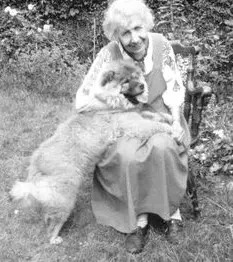

The Developmental Lines, Therapeutic Action, and Broadening Social and Cultural Contexts of Her Work
Among Anna’s lasting accomplishments was her elucidation of the developmental process through her master concept, ‘the developmental lines.” From this emerged a novel way of formulating disorders of development and therapeutic strategies for treating them. In tandem with this work was her interest in applying these insights to children who resided along a diverse range of social circumstances and culture, including the child who was a refugee, the child who was institutionalized, the child who suffered abuse, the child with special needs. In particular, the seminal trio of volumes which she co-authored with Albert J. Solnit MD, the former director of the Yale Child Study Center, and Joseph Goldstein, former Sterling Professor Emeritus of Law at Yale Law School, entitled, In the Best Interest of the Child, Before the Best Interest of the Child, and Beyond the Best Interest of the Child, was a watershed in examining how custodial matters in divorce should be considered from the vantage point of the child with the emphasis on maintaining the continuity of the parent-child relationship.
In considering Anna Freud’s sustained endeavor to understand the mind of the child from the perch of the third decade of the twenty-first century, her innovations and originality of thought will continue to inform the greater social matrix and the uncertainties that lie ahead. In this regard, one might consider her father’s words as a credo for our time when he said, “The world belongs to child analysis.” (1925).
And one could add that it was Anna Freud who shone a brilliant light upon the world of child analysis.
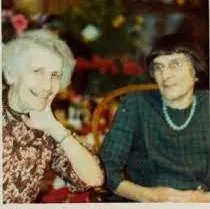
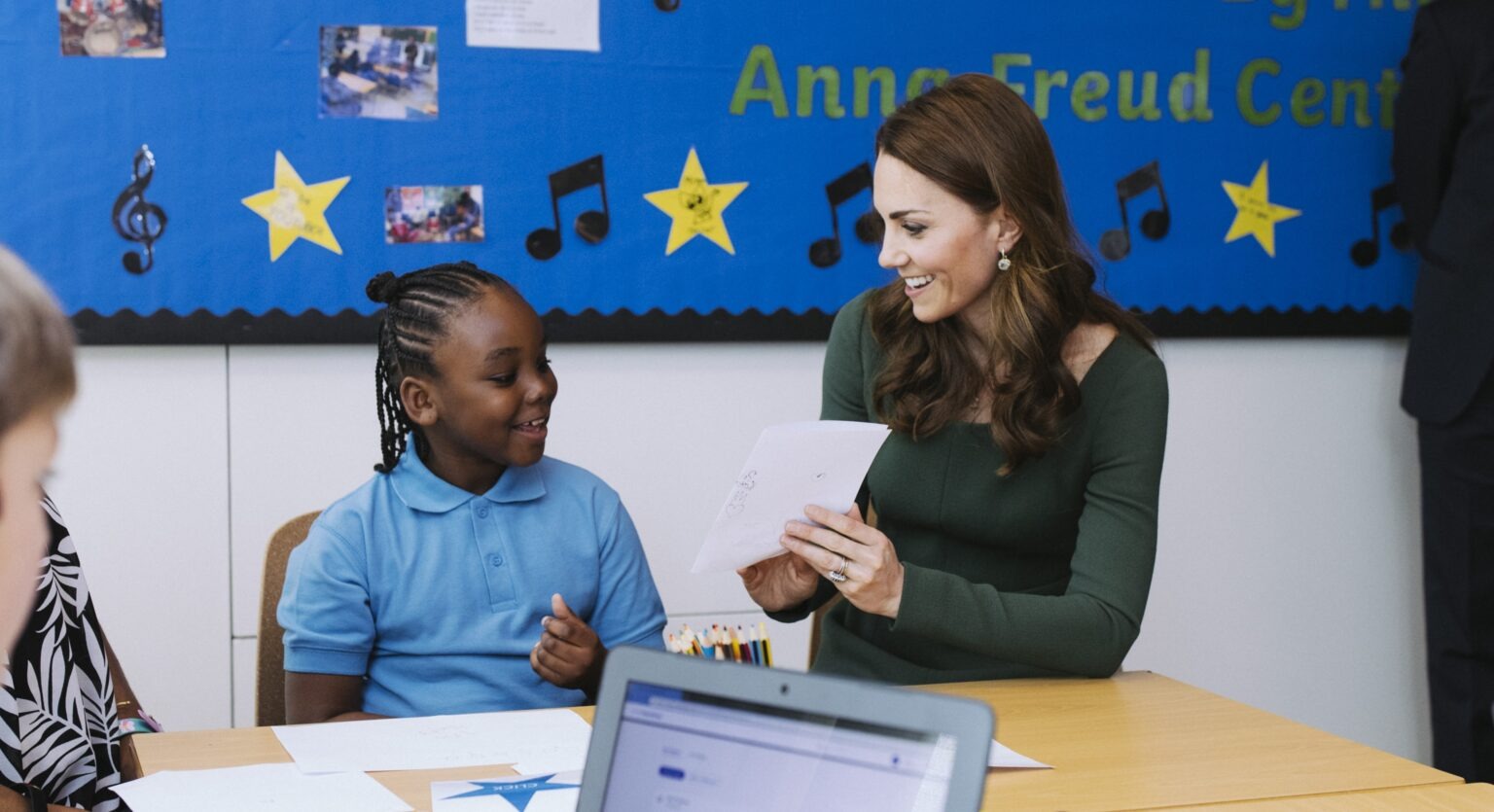
All Photos Courtesy of Freud Museum London & Anna Freud National Centre
